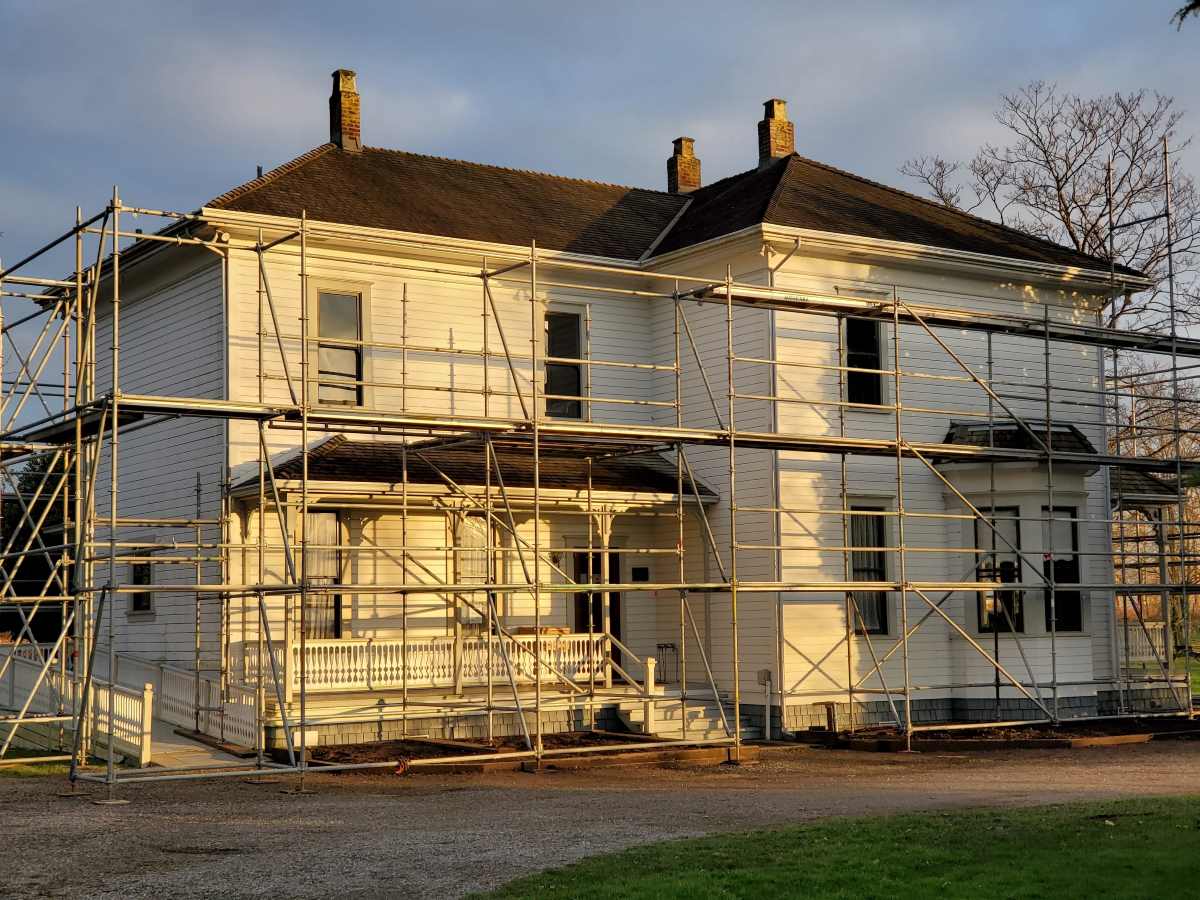Imagine walking through the doors of your dream home, where every corner reflects your personal style, and every detail is meticulously designed to cater to your needs. Building a new home is an exhilarating journey that allows you to bring your vision to life, and today, I’m here to share with you some invaluable tips to ensure that your experience is nothing short of extraordinary.
Building your dream home in a subdivision is an exciting and rewarding venture. When it comes to finding the perfect location, Cavite, with its picturesque landscapes and convenient amenities, stands out as an ideal choice. To ensure a successful and enjoyable home-building experience, here are some invaluable tips to consider when constructing your dream residence in a subdivision in Cavite.
Tips for Building a New Home
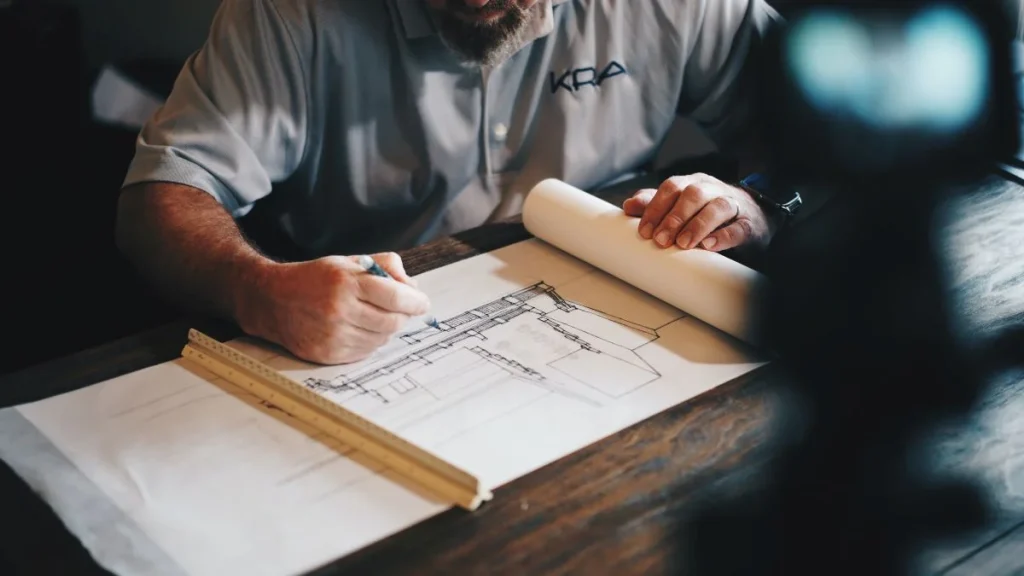
Building a new home is a complex undertaking, so it’s important to be patient, flexible, and prepared for unexpected challenges. Here are some recommendations for building a new home:
Research and Select the Ideal Subdivision
Before building a house, it’s crucial to conduct thorough research to find one that suits your lifestyle, needs, and preferences. Take into account factors like location, proximity to schools, hospitals, and commercial centers, as well as the overall atmosphere and community spirit. Look for a subdivision that not only offers convenience but also can help you foster a sense of community and security.
Choose a Trustworthy Builder
When it comes to constructing your home, choosing a reliable and experienced builder is of utmost importance. Seek out builders with a proven track record and positive feedback from customers. Take the time to visit their completed projects and assess the quality of workmanship and attention to detail. A reputable builder will ensure that your vision is brought to life while adhering to strict construction standards and timelines.
Collaborate on a Well-Designed Home
Work closely with your builder and architect to create a design that fits your lifestyle and requirements. Consider aspects like the number of bedrooms, layout, functionality, and flow of living spaces. Pay attention to the importance of natural light and ventilation, as Cavite‘s pleasant climate can be optimized to create comfortable and energy-efficient living areas.
Prioritize Energy Efficiency
Integrate energy-efficient features into your home’s design and construction. Cavite’s sunny climate makes it an ideal location for harnessing solar energy. Consider installing solar panels to reduce reliance on traditional power sources and decrease long-term utility expenses. Additionally, opt for energy-efficient appliances, LED lighting, and proper insulation to create an environmentally friendly and cost-effective home.
Embrace Sustainable Materials
Incorporating sustainable building materials not only minimizes environmental impact but also promotes a healthier living environment. Choose eco-friendly options such as recycled or locally sourced materials for construction purposes. Use low-volatile organic compound (VOC) paints and finishes to enhance indoor air quality. By prioritizing sustainability, you can contribute to a greener future while enjoying the comfort of your new home.
Maintain Communication and Visit the Construction Site
Maintain open lines of communication with your builder throughout the construction process. Make regular visits to the construction site to monitor progress, address any concerns promptly, and ensure that the construction aligns with your expectations. Effective communication ensures that any necessary adjustments or modifications can be made in a timely manner, resulting in a home that perfectly reflects your vision.
Plan for Future Growth
When building your home in a Cavite subdivision, it’s important to consider your future needs. Anticipate potential changes in family size or lifestyle requirements and design your home to accommodate those changes. This foresight will ensure that your home remains functional and comfortable for years to come, saving you the inconvenience and expenses of future renovations.
What to do First when Building a House?
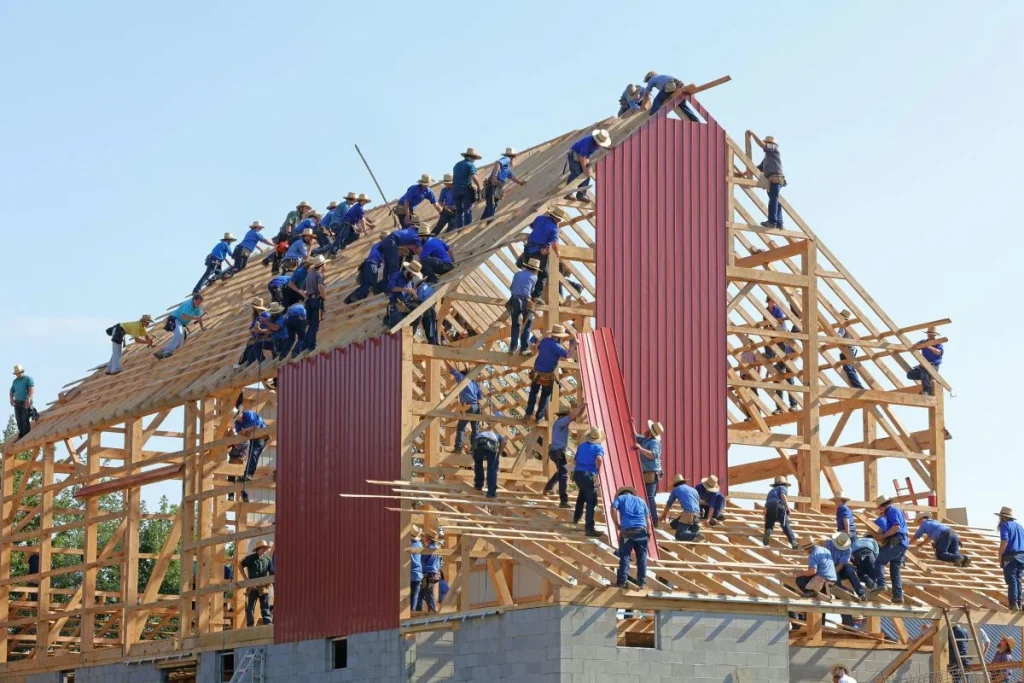
When embarking on the journey of building a house, it’s crucial to prioritize certain tasks to ensure a smooth and successful construction process. Here are the key steps to take first when building a house:
Establish a Budget
Determine your budget for the entire project, including construction costs, permits, fees, and any additional expenses. This will help guide your decision-making process throughout the construction phase.
Find and Purchase Land
Identify a suitable plot of land that meets your needs in terms of location, size, accessibility, and zoning regulations. Conduct a thorough evaluation of the land, including soil tests, to ensure it is suitable for construction.
Secure Financing
Explore different financing options and secure a construction loan or mortgage to fund your project. Work with financial institutions or lenders who specialize in construction loans and ensure you understand the terms, interest rates, and repayment schedules.
Hire an Architect and Builder
Engage professionals who will help bring your vision to life. Collaborate with an architect to design a house that suits your needs and preferences. Simultaneously, select a reputable builder with experience in constructing homes and who can execute the design effectively.
Obtain Permits and Approvals
Research and acquire the necessary permits, licenses, and approvals from local authorities before commencing construction. This may include building permits, zoning approvals, environmental clearances, and utility connections.
Develop Detailed Plans
Work closely with your architect to develop detailed construction plans and blueprints. These plans should include architectural drawings, structural designs, electrical and plumbing layouts, and any other necessary specifications
Select Materials and Features
Consult with your builder to select the materials, finishes, and fixtures for your home. Budget, energy efficiency, beauty, and durability are some things to think about. Make informed decisions about flooring, roofing, windows, doors, plumbing fixtures, and electrical fittings.
Begin Construction
Once the plans are finalized, permits are obtained, and materials are selected, construction can commence. Clear the land, prepare the site, and lay the foundation. Monitor progress closely, visit the site regularly, and maintain open communication with your builder to address any issues promptly.
Regular Inspections
Schedule regular inspections throughout the construction process to ensure that work is being carried out according to the approved plans, building codes, and regulations. Engage professional inspectors to assess the quality of construction at critical stages, such as foundation, framing, plumbing, and electrical installations.
Monitor Finances
Keep track of your project’s finances to ensure that expenditures align with the established budget. Regularly review invoices, payments, and change orders to avoid cost overruns and unexpected expenses.
By following these initial steps, you’ll establish a solid foundation for your construction project and set the stage for a successful and enjoyable experience in building your dream home.
How Long Does it Take to Build a House in the Philippines?
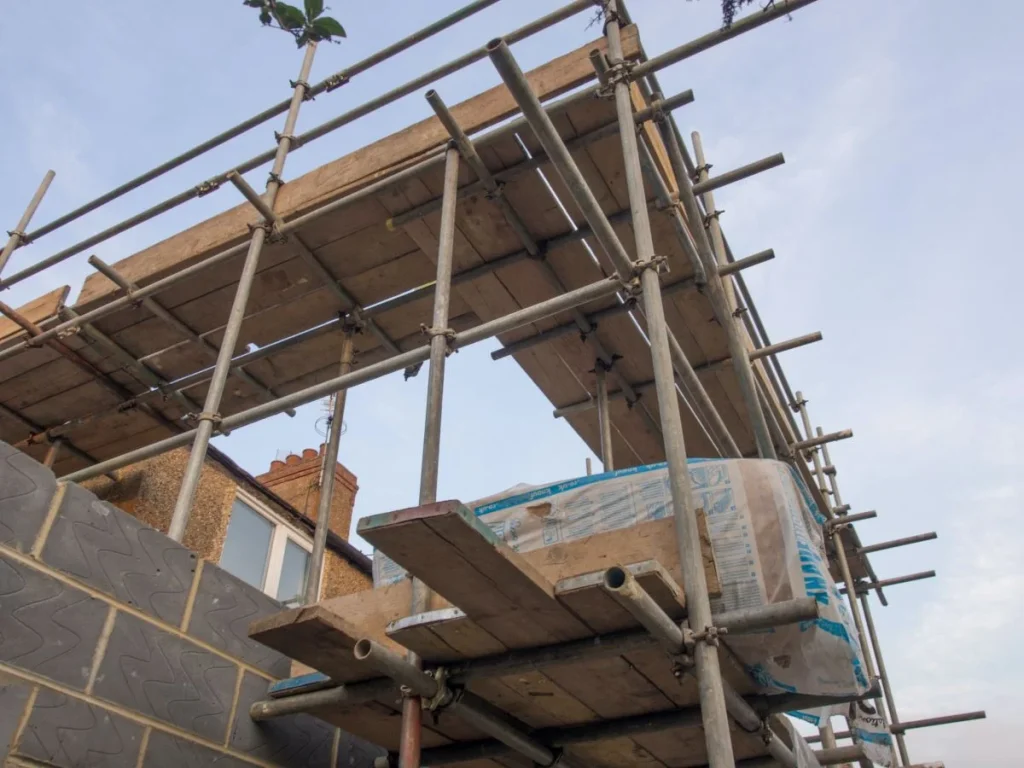
The duration of building a home in the Philippines can vary depending on several factors, such as the size and complexity of the house, availability of labor and materials, weather conditions, and the efficiency of the construction process. On average, constructing a standard single-family home in the Philippines can take approximately six months to a year or longer. However, it’s important to note that the timeline can be shorter or longer depending on specific circumstances.
Factors influencing the construction timeline include:
Pre-construction Phase
Activities like land acquisition, design development, permit acquisition, and securing financing. The duration of this phase depends on the complexity of the design and the efficiency of the permit approval process.
Site Preparation
Clearing the land, leveling the ground, and preparing the foundation. The time required depends on the land’s condition and necessary site work.
Foundation and Structural Construction
Building the foundation, walls, and structural framework. The duration depends on the house’s size, construction methods used, and labor availability.
Interior and Exterior Finishing
Roofing, installation of windows and doors, electrical and plumbing works, flooring, painting, and other finishing touches. The timeline is affected by the complexity and customization of these elements.
External Factors
Weather conditions, availability of construction materials, and labor availability can impact the construction timeline. Adverse weather, delays in material delivery, or labor shortages can extend the duration.
Maintaining close communication with your builder and adhering to a realistic and detailed construction schedule can help minimize delays and ensure timely completion. Effective project management is crucial throughout the construction process.
Factors that Affect Construction Timeframe
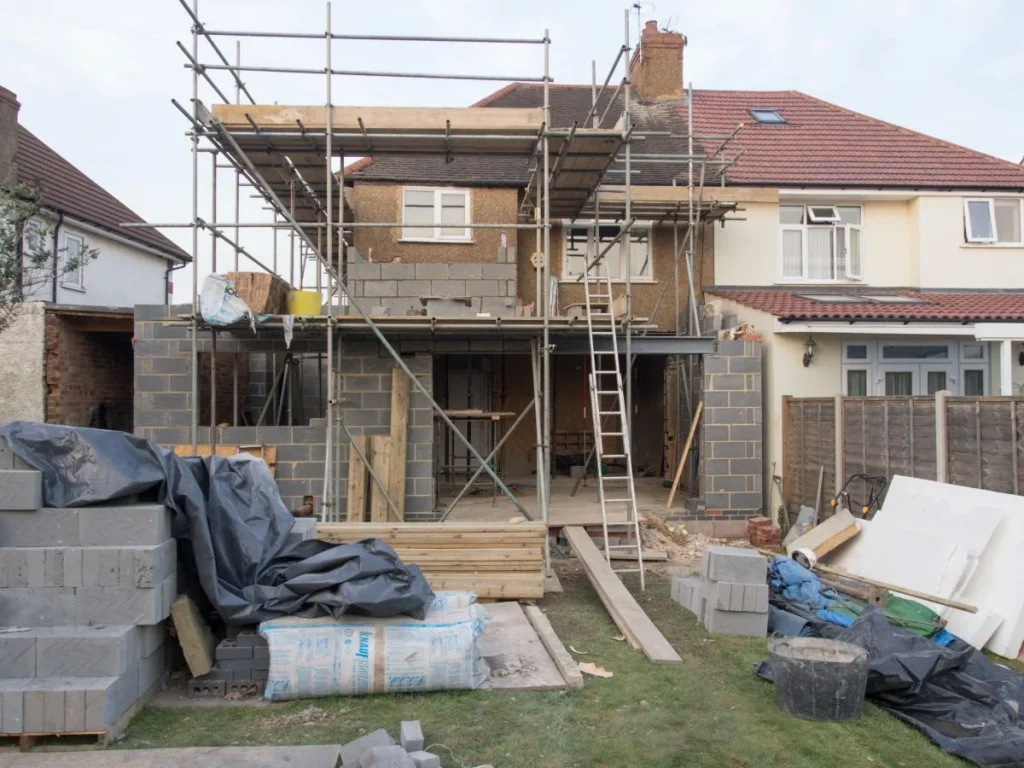
When it comes to planning a construction project, one of the main factors to consider is how long it will take to complete. There are several things that can affect the construction timeline, and it’s important to take these into account during the planning phase. By identifying and addressing these factors early on, project managers can get a better idea of how long the construction process will take and minimize any potential delays. Here are some common factors that can impact the construction timeframe:
Project Size and Complexity
The size and complexity of the project play a big role in determining how long it will take to complete. Bigger projects like tall buildings or large infrastructure developments generally take more time compared to smaller projects. Complicated designs, intricate architectural features, or the use of advanced technologies can also add to the construction timeline.
Site Conditions
The condition of the construction site can affect how long the project takes. Things like soil stability, terrain, access to utilities, and environmental considerations can all impact the construction timeline. Sites with challenging conditions such as rocky terrain, high water tables, or contaminated soils may require additional preparation or specialized construction techniques, leading to potential delays.
Weather and Seasonal Factors
Weather conditions can have a significant impact on construction timelines, especially for outdoor projects. Extreme temperatures, heavy rain, snowfall, hurricanes, or other adverse weather conditions can slow down construction activities and pose safety risks for workers. Seasonal variations like winter or monsoon seasons may require adjustments to construction schedules or the implementation of specific measures to deal with weather-related challenges.
Permitting and Approvals
It can take some time to get the required permissions and approvals from the neighborhood authority. Delays in obtaining permits or unexpected regulatory requirements can hinder the construction schedule. It’s important to allow enough time for the permitting process to be completed and ensure all the required documentation is in order to avoid unnecessary delays.
Availability of Materials and Supplies
The availability of construction materials and supplies can impact project timelines. Factors like material shortages, backorders, or delayed deliveries can disrupt construction schedules. It’s important to work closely with suppliers, have a well-organized procurement plan, and have contingency measures in place to address potential material-related issues.
Labor and Workforce
The availability of skilled labor and workforce productivity can affect construction timelines. Labor shortages, skill gaps, or high turnover rates can cause delays if sufficient resources are not allocated or if replacements need to be found. Effective project management, proper workforce planning, and clear communication with the construction team can help mitigate these challenges.
Change Orders and Design Modifications
Changes in project scope, design modifications, or client-requested alterations during the construction process can impact the timeline. It’s important to have a clear change management process in place, where changes are evaluated, documented, and communicated to all stakeholders. Making decisions in a timely manner and coordinating efficiently with the design team and contractors are crucial for minimizing the impact on the construction timeline.
Project Management and Coordination
Effective project management and coordination among all stakeholders are essential for timely completion. Clear communication, proper scheduling, and efficient workflow management ensure that tasks are done in a logical and coordinated manner. Regular progress tracking, identifying issues, and proactive problem-solving help prevent potential delays and keep the construction process on track.
Building a new home in a subdivision in Cavite is an exciting journey that requires careful planning, research, and collaboration with the right professionals. By following these tips, you can navigate the process smoothly and create the home of your dreams. Remember to prioritize clear communication, quality materials, and adherence to local regulations to ensure a successful and enjoyable home-building experience.
Related Blog: What You Should Need to Know About a House and Lot


